










Turn your app idea from concept to MVP
Sketch out the app to meet user needs
Transform the designs into an actual mobile application
Our professionals start the designing process by identifying the project's objective and scope to deliver exceptional results.
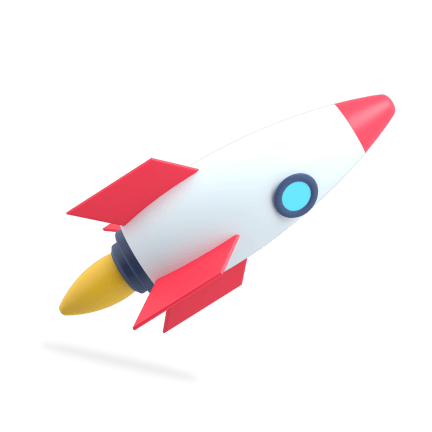
In the beginning, we will have a regular phone call or meeting to discover what precisely your demands are. In this, we want the essential details from your side, including what sort of app you aspire to develop, who is your target audience, when do you want it, what your budget is, and more.

Here, we'll build a list of user personas based on our research to describe the different types of potential users that might use your products and services.


Here, we'll build a list of user personas based on our research to describe the different types of potential users that might use your products and services.
Technical discovery is a communicative session with multiple discussions. Here, we focus on understanding and documenting your existing software stack with research and suggesting apt architectures and technologies for your project.

Technical discovery is a communicative session with multiple discussions. Here, we focus on understanding and documenting your existing software stack with research and suggesting apt architectures and technologies for your project.
With our proven UX design process, we make sure that users' needs are resolved, and the interface of the app remains effortless and smooth.

To begin, we create a feature map, a high-level illustration of the application's features.

Then comes the user flow to show the actions customers will take to accomplish particular purposes.

Finally, we create wireframes of the app's initial views that give the overall design of the screen.
In this step, we move to developing interfaces in the app, concentrating on looks or style.

After completing high-fidelity designs, we upload them to Figma or Adobe XD to build a clickable prototype.


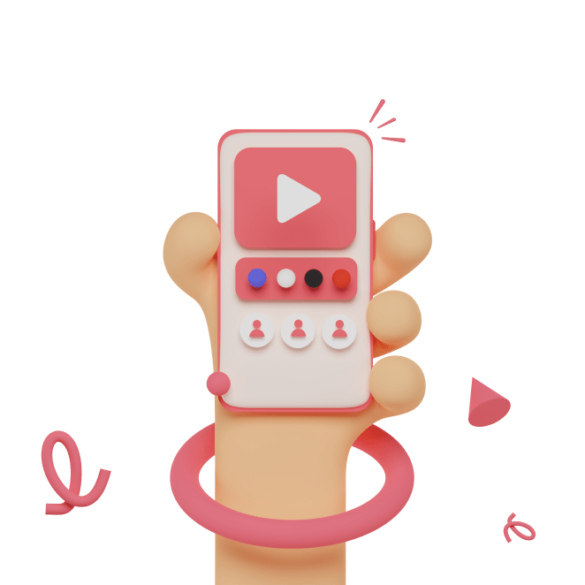










Our experts perform pre-development planning to properly prepare and guarantee a smooth, productive, and dynamic development process. This includes gathering the programmers, concluding a design to development handoff, setting project milestones, planning sprints, and building stories.

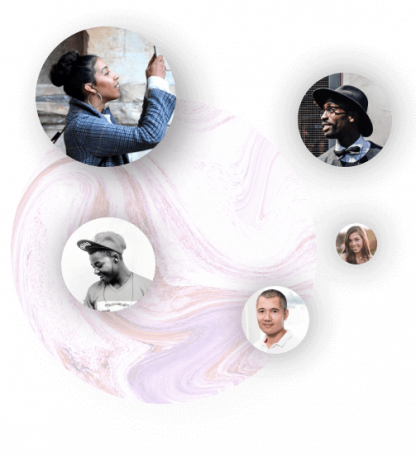
Provides Ongoing Design Support
As soon as the development team is gathered, they get introduced to the original design unit for design to dev handoff connection. A complete handoff guarantees that programmers know the app entirely and have everything required to create it.
Before the development phase, we make sure that the design team meets the coders and evaluates everything built during the design phases. It includes the market research report, user stories, user personas, user flow map, high fidelity designs, style guide, and clickable prototype.
In this step, our project manager sets the core milestones for your project, known as version launches. We believe that several version releases would help you to get the desired results. Each version consists of limited app editions with some functional features to test.
After the establishment of milestones, the project manager starts building stories. Stories appear like tickets, which are allotted to app developers throughout sprints. They explain what the developer requires to make and incorporate approval standards, which shows how the feature should do for it to be affirmed by QA.
All the stories created in the former step bucketed into two-week sprints. Our professionals try to draw out as many sprints as viable at the commencement of the project. Nevertheless, the first two sprints are outlined in detail and are more precise than sprints prepared later in the development timelines.
As soon as the pre-development preparation is done, we don't waste time and jump to active development. This involves performing two-week sprints, managing retrospectives after each sprint, and releasing editions based on the planned project milestones.
In this step, developers are allotted several stories for every two-week sprint. Every story is assigned a predicted time (hours) to complete, and the connected expected hours match the number of hours present in the sprint. Besides, every story incorporates a summary of what to develop, links to needed assets like icons and components, and an approval system.
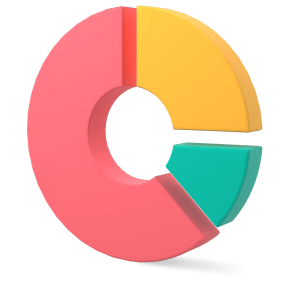
As soon as developers complete the stories, they develop integration tests and automated unit tests into the code. It is a crucial step since it notifies programmers when something cracks as new code is proposed. Without test coverage, every time a new code is introduced, the whole app will require to be manually examined to see if the current code broke the old one. This is costly, ineffective, and time-consuming.
A few programmers skip testing quickly to go fast and save time. However, this can become costly in the long run. We build our app by performing end-to-end testing.



Once the app developers finish a story and create unit and integration tests, it is available for examination by Quality Assurance. If the story clears QA, it is then transferred to the Project Manager. If it fails Quality Assurance, it's pushed back to the programmer for revision. QA checks for several factors, including:
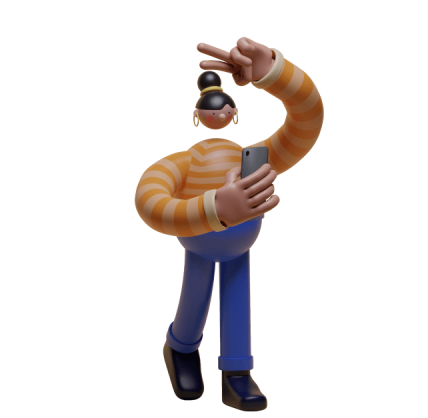
As the story passes Quality Assurance, it's forwarded to the project manager to evaluate the original code to sustain a high code quality stage and assess the code/feature for the last time. If all the things seem good, the PM connects the code to the master to complete the story. Our code quality is judged against the code quality guidelines. At Apparrant, we write easy and clean code.










Finally, all of the version/edition releases have been concluded and affirmed by the client. The mobile app is set for beta testing, and ultimately, a public (or internal) launch.
Once the public release is done, the app goes to either continued development or maintenance mode.

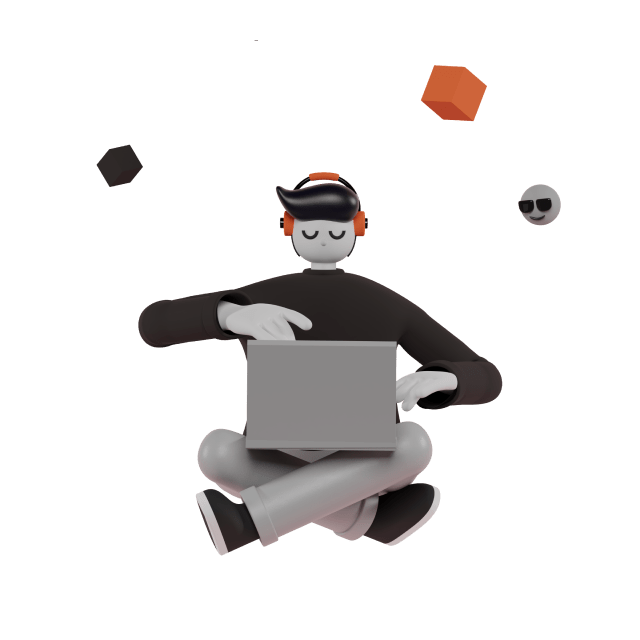



Work with us




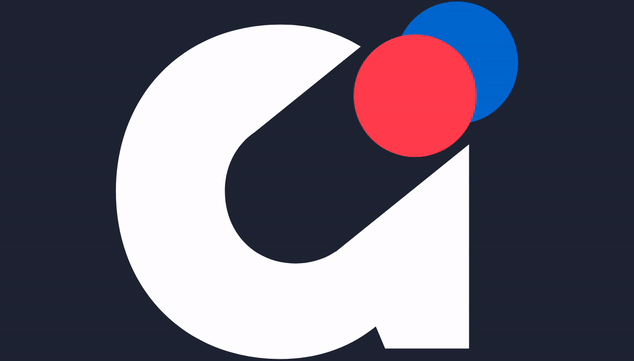
Have an idea but not sure where to start?
Copyright © 2022 Apparrant Technologies Pvt. Ltd. All rights reserved.